Laocoãƒâ¶n and His Sons Vatican Museum Works of Art
Founded in the early 16th century, the Vatican Museums within the The holy see display works that have been amassed past the Catholic church building over the centuries. The museums contain roughly 70,000 works, of which 20,000 are on display. In 2020, fifty-fifty though the number of visitors dropped by 81 percent due to the COVID-xix pandemic, it still ranked 4th in the list of most-visited fine art museums in the world.
What are the Vatican Museums?
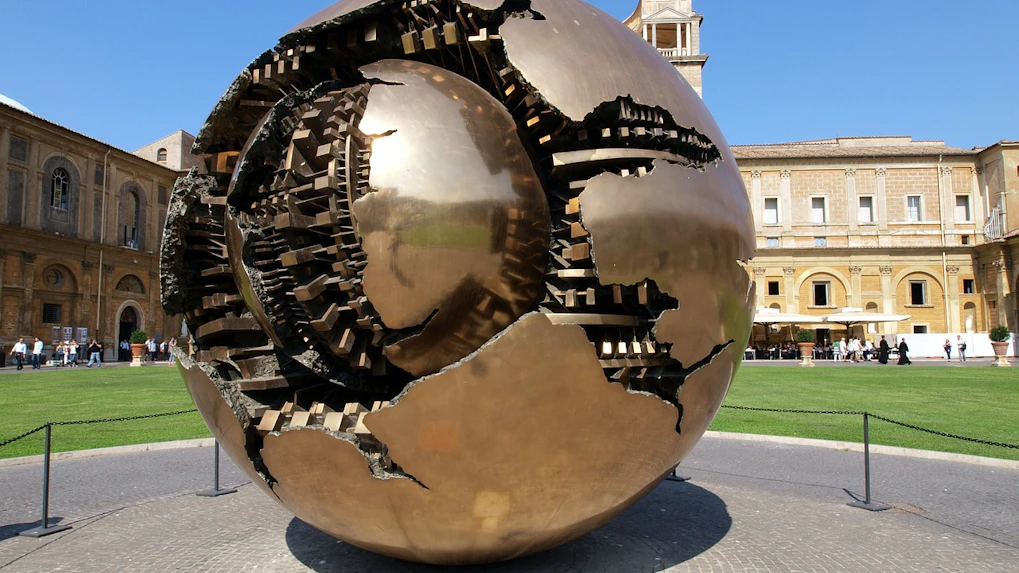
- The Vatican Museums are a group of art and Christian museums situated within the walls of Vatican City.
- The Vatican Museums collections consist of over 70,000 paintings and sculptures, displayed prominently in over 54 galleries.
- You will detect classical sculptures, tapestries, and paintings by Renaissance greats such equally Raphael, Caravaggio, Michelangelo, Bernini, and da Vinci.
- They also have a collection of Modern Religious Art with works of artists like Carlo Carrà, Van Gogh, Gauguin, Salvador Dalí, and Pablo Picasso.
The Mission of the Vatican Museums
Laocoön and His Sons, the starting time conquering of the Vatican Museums, was put on public display one month after its discovery in 1506. Over the side by side several centuries, as the collection expanded so did the museums; making it ane of the most important museums in the world, today.
The driving motto of the Vatican Museums are:
Art is evangelisation
While art is a credible witness to the dazzler of creation, to the Church it is, more than chiefly, a "tool of evangelisation". Art, exist it in the form of music, architecture, sculpture, or, painting has been used to demonstrate and evangelize the message of Christianity. An example of this is how catechism was conducted through rock sculptures in medieval cathedrals as people did not know how to read. Beauty, according to the Church, represents a mode of encountering God.
Museums open to all
With the intention of using art as a vehicle to spread the word of God, the Vatican Museums has been designed to be "a place of beauty and welcome". It is a space that is not merely open up to new forms of fine art simply also to people from all walks of life.
Why are the Vatican Museums Famous?
At the Vatican, located virtually the River Tiber, y'all will find the Vatican Museums. Founded by Pope Julius 2 in the early 16th century, the Vatican Museums boast one of the world's greatest art collections. Apart from art, archeology and ethno-anthropology works such as Egyptian mummies, Etruscan bronzes, the Vatican Museums also contain some of the near artistically significant rooms like the ones frescoed past Raphael, and the Sistine Chapel painted by Michelangelo. The Vatican Museums is a must-visit for art enthusiasts, history buffs, and the religious alike.
Plan Your Visit to the Vatican Museums
In 2019, Vatican reported 6.9 million visitors. Plan your trip to enjoy a hassle-complimentary experience.
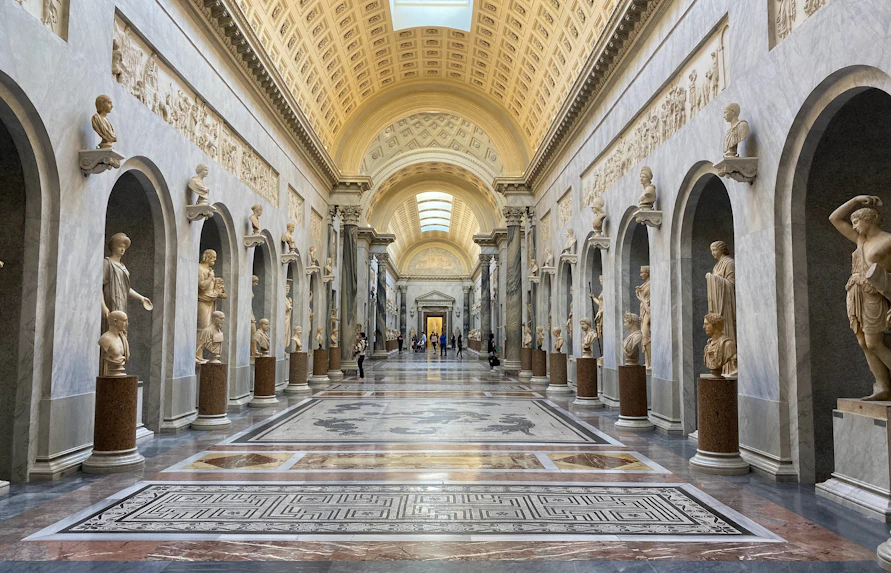
Where are the Vatican Museums Located?
Accost:00120 Vatican City
Find On Map
The Vatican Museums are located inside State of the vatican city, which is too home to the famous Vatican Gardens. Located in the direction of the Tiber River, just a stone's throw away from the Castel Sant'Angelo, the Vatican is ane of the richest areas of Rome in terms of culture and history.
Nearest Metro Station: Ottaviano
Getting to Vatican Museums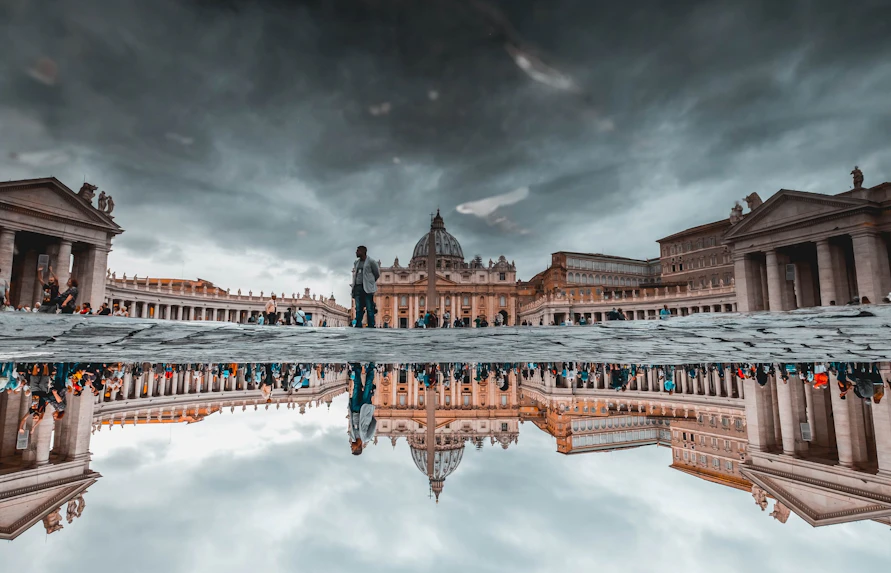
Vatican Museums Opening Hours
Till 31 October 2021
Monday to Thursday
8.30 AM – 6.30 PM (final entry 4.30 PM)
Friday and Sat
8.30 AM – 10.30 PM(terminal entry eight.30 PM)
From 2 November 2021
Monday to Sat
8.30 AM – 6.30 PM (terminal entry 4.30 PM)
Who founded the Vatican Museums?
The Vatican city'south Museums was started in 1506 by Pope Julius II. The outset add-on to the museum was the statue of Laocoon and His Sons. It was merely in 1771, that the museum was opened to the public.
History of Vatican Museums In a Nutshell
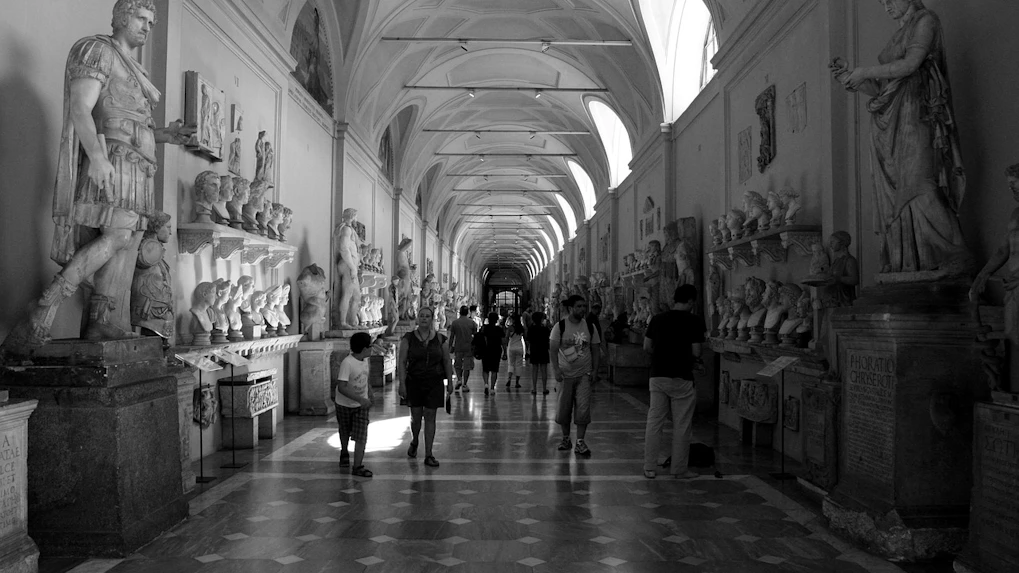
- Pope Julius 2 purchased the sculpture 'Laocoon and His Sons' from a vineyard owner in the 16th century.
- Gregory Sixteen founded the Etruscan Museum in 1837 and the Egyptian Museum in 1839.
- Under Pius IX, the Pio Christian Museum was added.
- In 1910, nether Saint Pius 10, the Hebrew Lapidary was established.
- The Gregorian Profane Museum, Pio Christian Museum, and the Hebrew Lapidary were transferred from the Lateran Palace to their nowadays edifice inside the Vatican in 1970.
What's Within the Vatican Museums
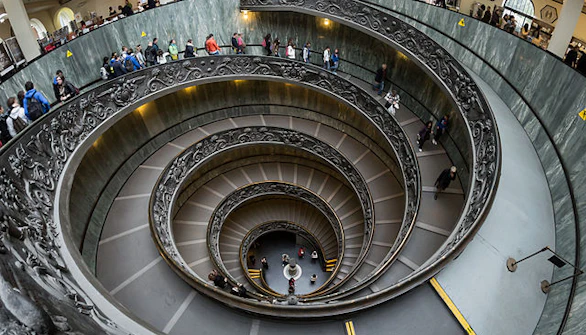
Screw Staircase
The spiral staircase at the Vatican Museums is inspired past Bramante'south iconic double-helix staircase at the Pio-Clementine Museum. Too known equally Scala Elicoidale, the staircase was designed by Italian architect Giuseppe Momo in 1932. Similar the original, the staircase consists of two carve up flights that let people to ascend and descend without running into each other. The main purpose of the blueprint was to allow uninterrupted passage in each management.
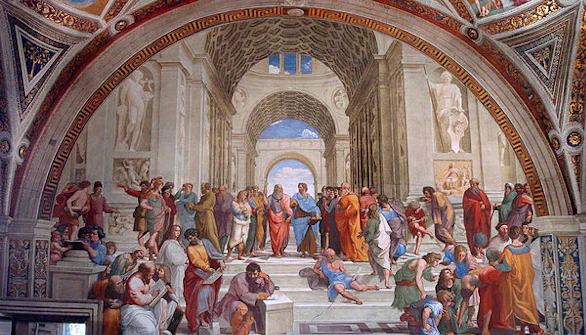
The Raphael Rooms
The Raphael Rooms are a grouping of rooms in the public portion of the Vatican Palace (part of the Vatican Museums) that are famous for their frescoes which were painted past Raphael, marking the High Renaissance in Rome. The rooms that brand upwardly Raphael Rooms are Sala di Costantino ("Hall of Constantine"), the Stanza di Eliodoro ("Room of Heliodorus"), the Stanza della Segnatura ("Room of the Signatura") and the Stanza dell'Incendio del Borgo ("The Room of the Fire in the Borgo").
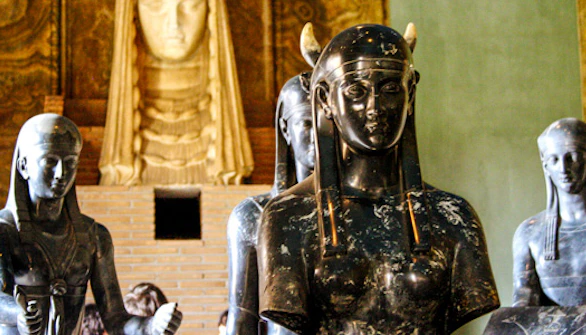
Gregorian Etruscan Museum
Founded by Pope Gregory XVI in 1836, it consists of 8 galleries dedicated to Etruscan antiques and artifacts excavated in prominent cities of ancient Etruria. Historical artifacts in this Museum include vases, bronzes, sarcophagus, and the famed collection of Guglielmi di Vulci Marquises. The Egyptian Museum, or the Egiziano Museum, is home to a large drove of artifacts from aboriginal Arab republic of egypt such equally papyruses, mummified animals, the Grassi Drove, and reproductions of the Volume of the Dead.
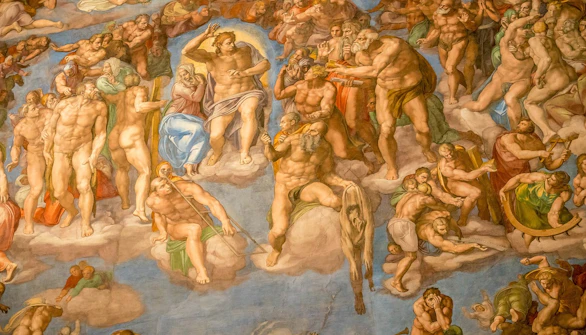
Sistine Chapel
The frescos reveal the contents of the Revelation and were executed by a team of painters fabricated up of Pietro Perugino, Sandro Botticelli, Domenico Ghirlandaio, and Cosimo Rosselli between 1481 and 1482. In 1508, Julius 2 della Rovere entrusted Michelangelo with the job of partly altering the decoration. The ceiling, the upper function of the walls, the lunettes were painted to show the stories of Genesis, from the Creation to the Fall of human, to the Overflowing and the subsequent rebirth of mankind with the family of Noah.
Know More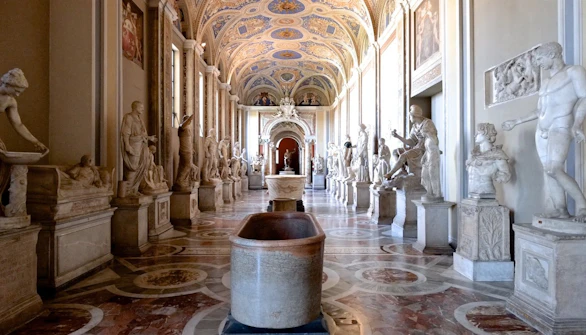
Gallery of Maps
The Gallery of maps is a 120 meter long gallery in the Vatican Museums that is covered with painted maps of Italy based on drawings past friar and geographer Ignazio Danti. Information technology took Danti 3 years to consummate the 40 panels that make up the Gallery of Maps. Y'all will notice a map of the entire Italian peninsula, each depicting a region. You will also meet the piece of work of Mannerist artists such equally Cesare Nebbia also on the vaulted ceiling.
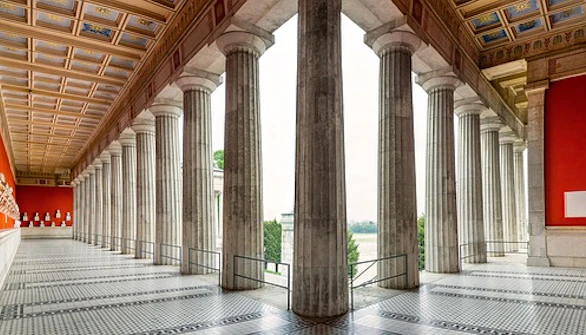
Gallery of Statues and Hall of Busts
I of the 54 galleries in the Pio-Clementine Museum, the Gallery of Statues and Hall of Busts is home to numerous Greek and Roman sculptures. The gallery was originally covered with frescoes depicting landscapes and cities while the imagery of Cupids painted past Pinturicchio occupied the recesses in the wall. The gallery showcases work like the Sleeping Ariadne, the bust of Menander, and the Barberini Candelabrum.
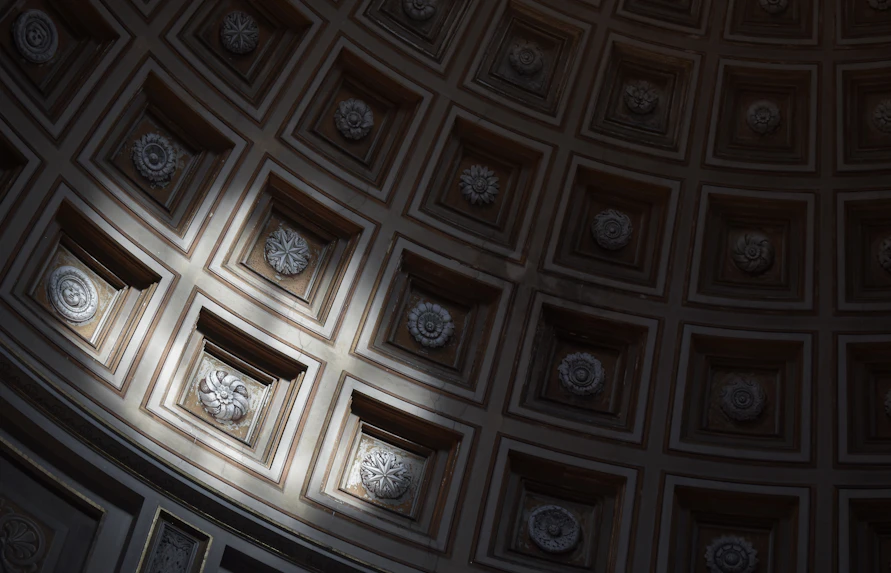
Lapidary Gallery
The Lapidary Gallery houses the richest lapidary collection in the Vatican. You will discover this gallery along the southern part of the long corridor that links the Vatican Palace with the Belvedere Palace. The display was curated by Gaetano Marini, the get-go Custodian of the Apostolic Library from 1800. The Gallery constitutes a stone library, containing more than 3400 pages, written on slabs, bases, urns, altars, and sarcophagi, spread over 48 walls.

The Sala Rotunda
The Sala Rotunda was congenital in the 18th century. The Circular Hall with a hemispherical vault imitates the Pantheon. The Sala Rotunda is lined with Colossal statues and busts that have been built on top of half-columns. The flooring is decorated with intricate mosaic patterns from the 3rd century A.D. The highlight, of form, is the huge ruby basin made out of porphyry. Information technology has a circumference of 13 meters.
Archaeological Areas of Vatican Museums
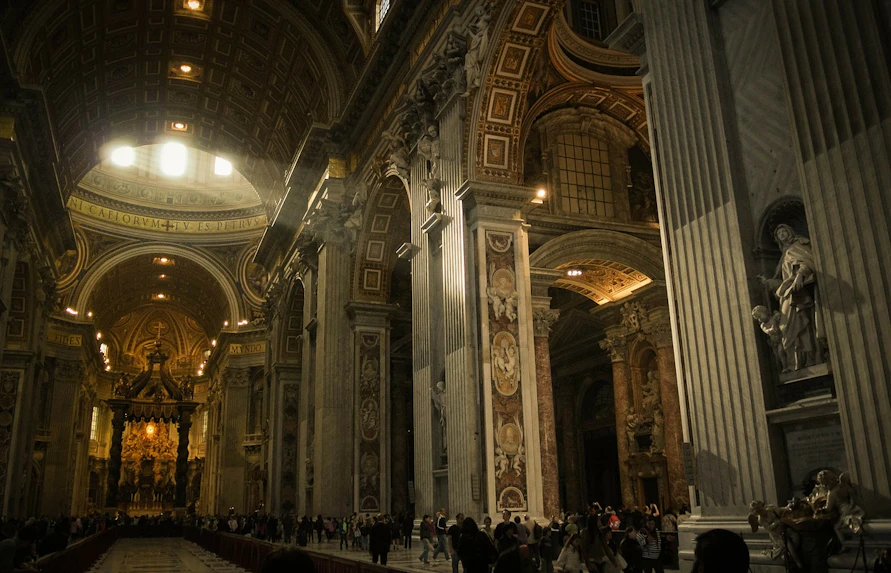
Necropolis of the Via Triumphalis
The word "necropolis" has been derived from the Greeknecròs (dead) andpòlis (urban center), significant, a "metropolis of the dead". Since Roman law forbade cremation and burial within the urban center for prophylactic and hygiene reasons, cemeteries were located along the roads outside the urban expanse. One such necropolis was located along the stretch of theVia Triumphalis near the urban center. Archeological studies have establish a big number of aboriginal tombs, collective and individual, that provide show of the practice of cremation and other pagan funerary practices.
Know More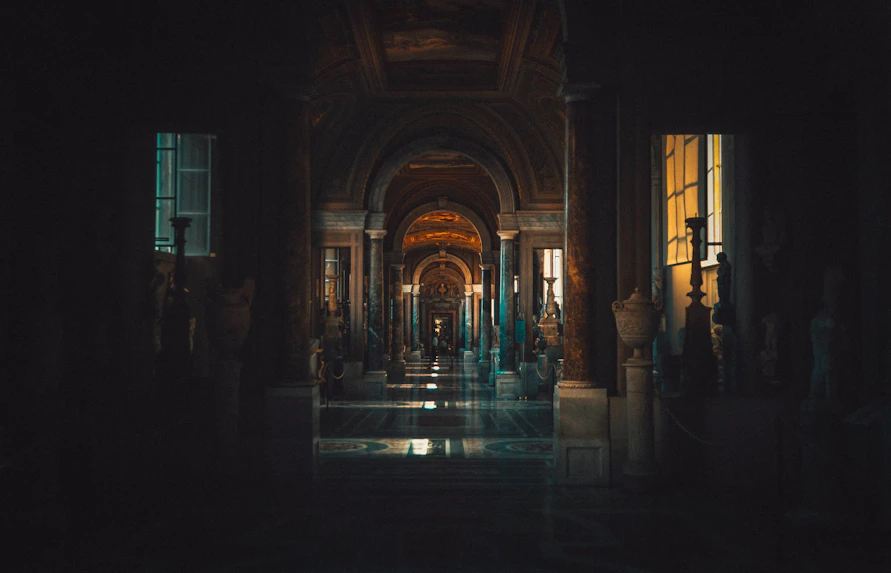
Excavations of St. John Lateran
Below St.John Lateran, a cathedral congenital in the fourth century in laurels of St. John the Baptist and John the Evangelist, you lot will find remains of ancient buildings that existed earlier the basilica was constructed. The houses that existed in this region during the first imperial historic period were demolished in 193 Ad when Septimius Severus decided to build the new barracks for the emperor's bodyguards. In 312 Advertising, afterwards the Boxing of the Milvian Bridge, Constantine abolished the barracks and had the basilica built.
Vatican Villas & Gardens
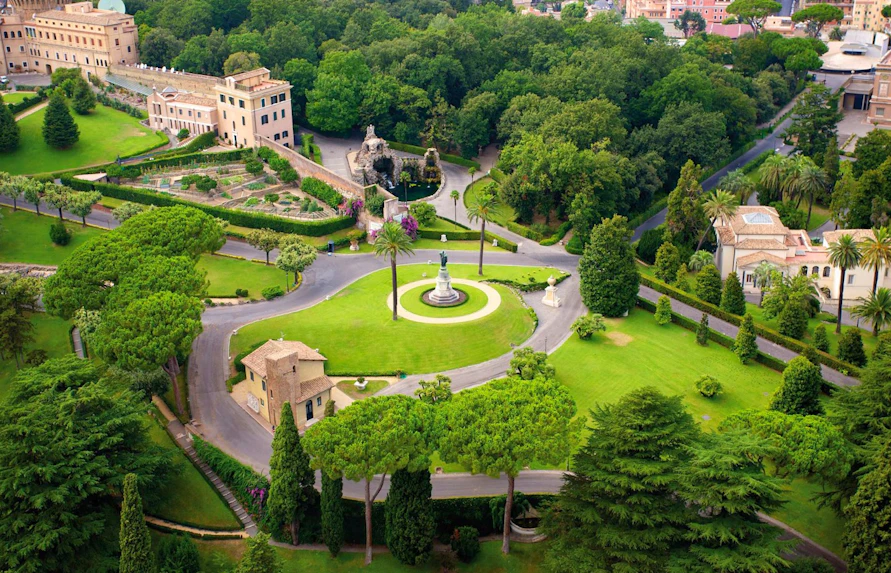
Vatican Gardens
The Gardens of State of the vatican city or Giardini Vaticani are private gardens and parks located inside Rome'southward papal State. Spread over 57 acres, the surface area has a Renaissance layout and is filled with sculptures, fountains, monuments, botanicals and buildings dating as far dorsum as the 6th Century. You can as well spectacular view of the dome of St. Peter's Basilica from the Vatican Gardens. The Vatican Gardens was made open to the public in 2014 past Pope Francis.
Know More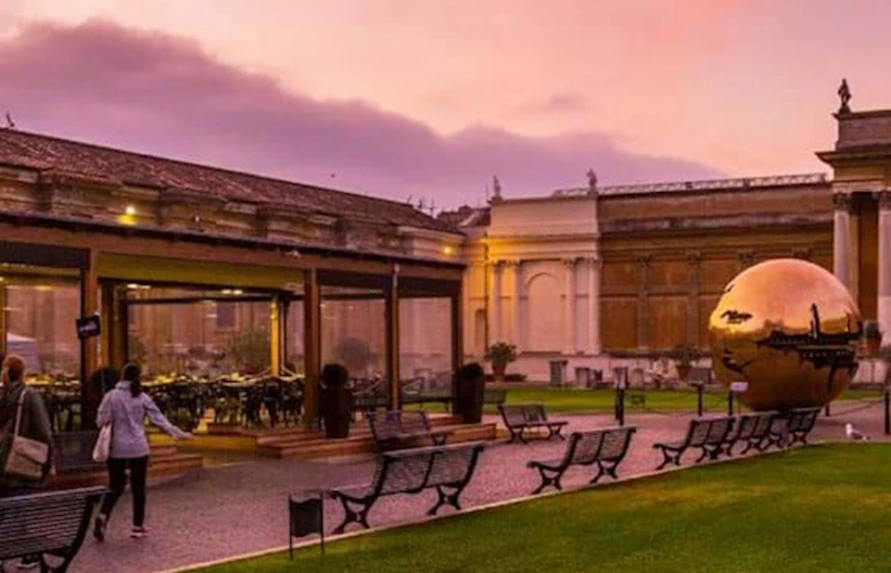
Castel Gandolfo
A quaint hamlet 12 miles from Rome, Castel Gandolfo sits on the Alban Hills overlooking Lake Albano. In this hamlet, you lot will find the Apostolic Palace of Castel Gandolfo, a 135-acre complex of buildings in a garden setting. Yous will find a 17th-century villa, an observatory, and a farmhouse, with the Papal Palace acting as a museum since 2016.
Know MoreRestoration & Scientific Services
ane. Restoration, Conservation, Research
The Vatican Museums has in identify several bodies dedicated to restoring and conserving the various works of fine art that the Museums house. The Conservator's Office, for example, develops strategies to lower the risk threshold and improve the quality of the historical-artistic and archaeological belongings under the care of the Vatican Museums. The Cabinet of Scientific Research applied to Cultural Heritage, on the other manus, carries out diagnostic procedures to decide the processes of deterioration of works and identifies integral materials and production techniques.
There are also laboratories dedicated to the conservation and restoration of all artifacts preserved in the Vatican Museums based on the materials used. This includes the Tapestries and Textiles Restoration Laboratory, Painting and Forest Materials Restoration Laboratory, Ethnological Materials Restoration Laboratory, Stone Materials Restoration Laboratory, Metals and Ceramics Restoration Laboratory, Mosaic Restoration Laboratory, and Paper Restoration Laboratory.
2. Scientific Services
- Superintendence for Architectural Heritage has been entrusted with the responsibility of the conservation of the buildings within the walls of the Vatican since 2008. The function played a significant function in the restoration of the colonnade of St. Peter'southward Foursquare, the cloister of St. John Lateran, and the Church building of St. Thomas of Villanova at Castel Gandolfo. It is currently involved in the restoration work of the Courtyard of the Pinecone.
- Historical Annal works towards preserving all documentation relating to the collections inside the Museums too as activities of the Establishment from the 2nd half of the eighteenth century to the cease of the twentieth century. The Archive is accessible to internal Museum staff and, to external applicants who have been approved past the Directorate.
- Collections Registry and Fundamental Catalogue is a centralized function dedicated to compiling, maintaining, and updating itemize information relating to works inside the Vatican Museums. The service of the Collections Registry is non open to the public.
- Instituted in 1938, the Vatican Library contains journals and texts that certificate the works of the Vatican Museums collections. It is home to around 50,000 titles. The library is reserved for the staff of the Vatican Museums.
- Photo Library works towards the conservation, protection, enhancement, promotion, and written report of an important photographic heritage. The drove includes the archives relating to the Museums' collections as well as photographs of celebrated photographs depicting views, landscapes, the city and landmarks in Rome, as well as other Italian or foreign cities.
Online Catalogue
Find information regarding the mobile works of fine art on display at the Vatican Museums with the help of the online catalogue. Yous tin find data about the works plant in the Gregorian Egyptian Museum, part of the Gregorian Etruscan Museum, Pio Clementino Museum, Lapidary Gallery, New Wing, function of the Gregoriano Profano Museum, Pius-Christian Museum, Pinacoteca, parts of the Ethnological Museum and the Carriage Pavilion, Christian Museum, Collection of Contemporary Art, Tapestries Drove, Apostolic Palace of Castel Gandolfo and the Antiquarium of Villa Barberini in Castel Gandolfo.
The Online Catalogue is available only in Italian, at present, as information technology is still in the implementation phase.
You can access the buildings through a virtual bout of the Vatican Museums, too.
Vatican Museums Tickets & Guided Tours
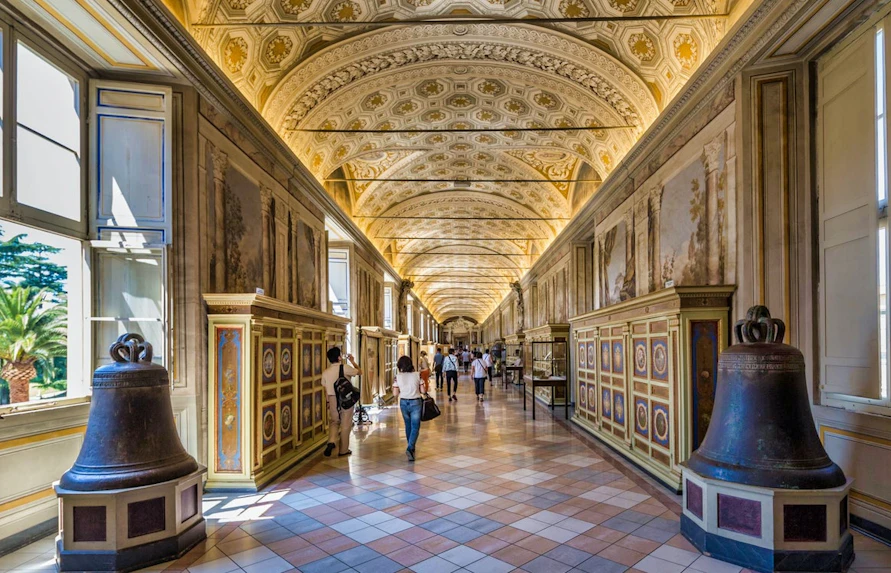
Vatican Museum Tickets
Access to the Vatican Museums requires one to purchase tickets. These tickets will let yous to skip the queue at the entrance and caput straight to the security. Some other feature of the Vatican Museums ticket is that it includes admission to the famed Sistine Chapel situated inside the Vatican Museums.
With an private access ticket, you too get the option of going for an audio tour. These headsets are available in multiple languages and provide all the important information you need to larn more nigh the paintings and sculptures that beautify the Vatican Museums. Apart from individual admission tickets, you can too go for guided tours of the Vatican Museums.
Book Now
Vatican Museum Guided Tours
Taking a guided tour of the Vatican Museums can be really helpful if y'all want to feel more than. In the company of an expert guide, yous volition receive priority access to the Vatican Museums. In one case inside, your guide will take yous through the Vatican Museums galleries and evidence you some of the most important and iconic works of art from the Renaissance and even a collection of modern art paintings.
Guided tours of historical monuments are an extremely fruitful style to go about discovering them. The expert guide will tell you not just the who and why behind each painting, but also the historical and cultural context that gave nascency to these works of art. However, the downside is the stock-still routine and route decided usually at the discretion of the guide.
Volume NowVolume Vatican Museum Tickets & Tours
Priority Entrance Tickets to Vatican Museums & Sistine Chapel
Minor Group Guided Tour of Vatican Museum with Priority Access
All Your Questions Nearly Vatican Museums Answered
Q. What is the Vatican Museums?
A. The Vatican Museums are the public museums of the Vatican City. Founded in the 16th century, the Vatican Museums display works that had been clustered by the Catholic Church building and the Papacy, making it the museum that is abode to some of the almost of import Renaissance masterpieces and Roman sculptures.
Q. Practice I need tickets to enter the Vatican Museums?
A. Yeah, y'all demand to purchase tickets to enjoy access to the Vatican Museums. You lot can purchase Vatian Museum tickets here.
Q. Where is the Vatican Museums located in Rome?
A. The Vatican Museums is located within the Vatican City, which is situated on the west bank of the Tiber River.
Q. Why is the Vatican Museum and so important?
A. The Vatican Museums is dwelling house to one of the almost largest fine art collections in the world, from across centuries and the world, from Egypt to Greece to Rome, from early Christian and medieval art to the Renaissance to contemporary art.
Q. Who founded the Vatican Museums?
A. Pope Julius Ii founded the museums in the early 16th century. Subsequent Popes added to the collection.
Q. How long does it take to visit the Vatican Museum?
A. Set bated a minimum of 3 hours to tour the Vatican Museums.
Q. What can I run into inside the Vatican Museums?
A. There is a lot to see at the Vatican Museum. Raphael's masterpiece Transfiguration, the Pinecone Courtyard, the famous Laocoön sculpture, The Rotunda Room, The Tapestries Hall, The Maps Room and The Sistine Chapel are some of the must-visit attractions inside the Vatican Museums.
Q. Are guided tours available for the Vatican Museums?
Aye, guided tours are bachelor for the Vatican Museums. Taking a guided tour of the Vatican Museums tin exist really helpful if you lot desire to learn more than almost what yous see at the museums.
Q. Can you visit merely the Sistine Chapel?
A. Information technology is your selection how you wish to experience the Vatican Museums. The Vatican Museum tickets includes admission to the Sistine Chapel. You lot tin cull to spend all your time hither, or wander through the residue of the museums once you are done.
Q. Are the Vatican Museums worth visiting?
A. Yep, the Vatican Museums offer you a petty sneak peak into the history and culture of Rome, as well as the world of Christianity and art. Art buffs, history buffs and travel enthusiasts will all enjoy a visit to the Vatican Museums.
Q. Are the Vatican Museums wheelchair attainable?
A. Yes, the Vatican Museums are accessible on wheelchair. They are equipped with ramps, elevators and wheelchair lifts.
More Reads
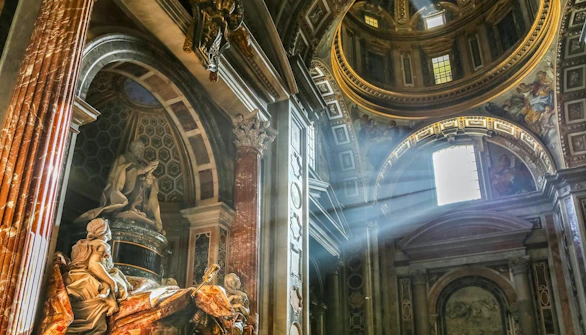
Skip The Lines At Vatican

Vatican Rules & Regulations
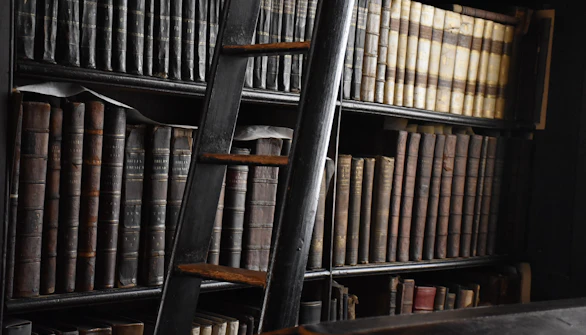
Vatican Library
Source: https://www.thevaticantickets.com/vatican-museums/
0 Response to "Laocoãƒâ¶n and His Sons Vatican Museum Works of Art"
Post a Comment